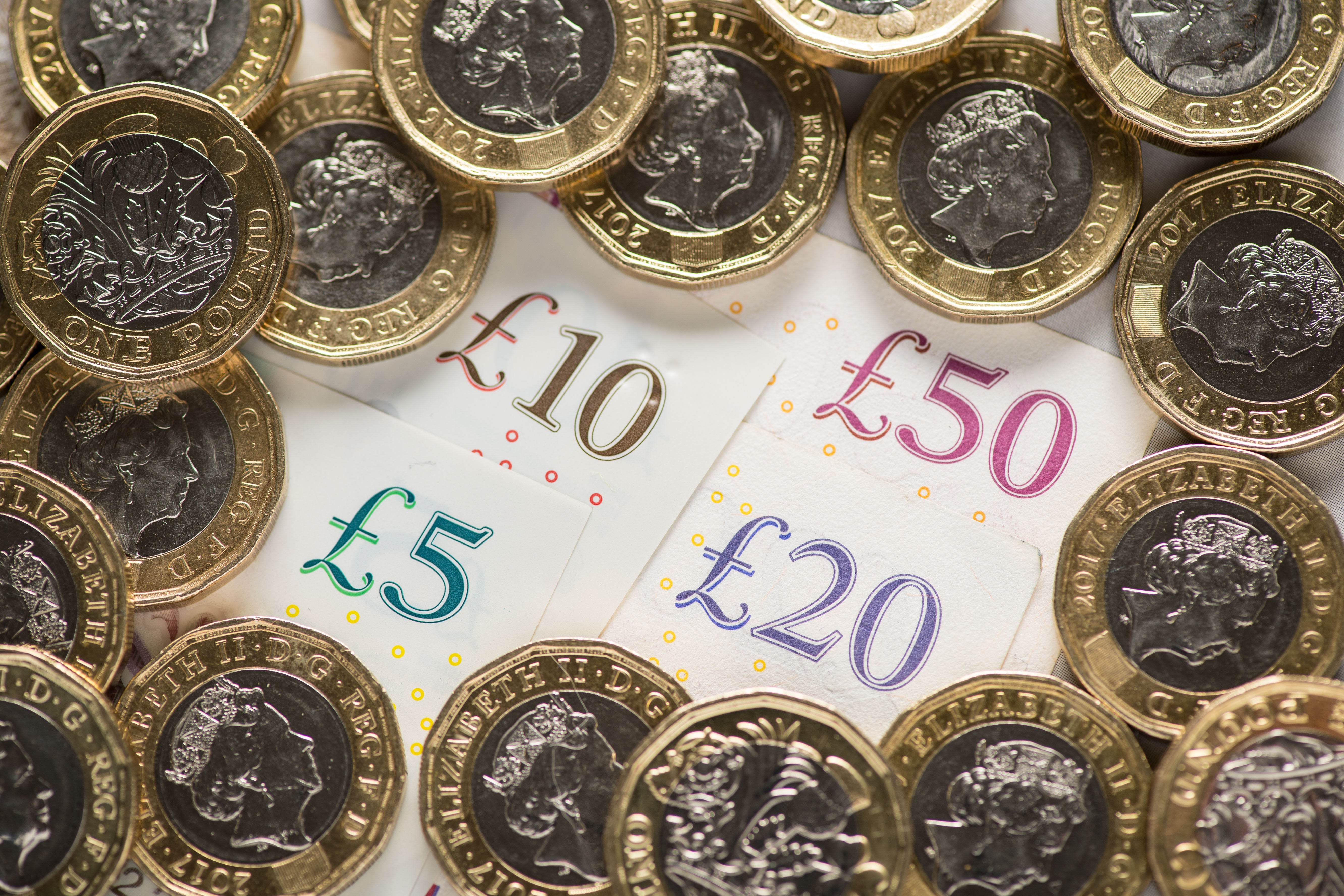Jump in people paying higher rates of tax
There are a projected 5.5 million higher rate income taxpayers in 2022/23, marking a 43.9% increase compared with 2019/20, HMRC said.

Nearly two million higher and additional rate taxpayers have been created in the space of three years, according to HM Revenue and Customs (HMRC) figures.
Around 6.1 million taxpayers are projected to be paying income tax rates at the higher rate of 40% or the additional rate of 45% in 2022/23.
There are a projected 5.5 million higher rate income taxpayers in 2022/23, marking a 43.9% increase compared with 2019/20, HMRC said.
In addition, there are a projected 629,000 additional rate income taxpayers in 2022/23, which is a 49.4% increase from 2019/20.
Back in 2019/20, the total number of higher rate and additional rate taxpayers combined was approaching 4.3 million.
Paying higher rate tax used to be reserved for the very wealthiest
Higher rate income taxpayers make up a projected 16.2% of the overall income tax-paying population in 2022/23, while additional rate taxpayers make up around 1.9%, HMRC said.
Sir Steve Webb, a former Liberal Democrat pensions minister who is now a partner at consultants LCP (Lane Clark & Peacock) said: “Paying higher rate tax used to be reserved for the very wealthiest, but this has changed very dramatically in recent years.
“The starting point for higher rate tax has not kept pace with rising incomes, and the current five-year freeze on thresholds has turbo-charged this trend.
“People who would not think of themselves as being particularly rich can now easily face an income tax rate of 40% and around one in five of all taxpayers will soon be in the higher rate bracket.”
HMRC said that, overall, there were 31.5 million income taxpayers in tax year 2019/20, a figure which is projected to increase to 34.0 million in 2022/23.
We're going to see a steady stream of taxpayers crossing thresholds and paying eye-watering levels of tax
Sarah Coles, senior personal finance analyst, Hargreaves Lansdown, said: “Things are only set to get worse. With the thresholds frozen until 2026, we’re going to see a steady stream of taxpayers crossing thresholds and paying eye-watering levels of tax.
“It adds insult to the financial injuries we’ve sustained as a result of rising prices.”
Clive Gawthorpe, a partner at accountancy firm UHY Hacker Young, said: “Even by HMRC’s standards, the past year has been a bumper one for creating new higher rate taxpayers.”
He added: “It is worth noting that due to inflation, taxpayers sucked into the higher band were already having to make their monthly pay cheques stretch further – without the additional burden of higher tax.”
Laura Suter, head of personal finance at AJ Bell, said: “From July 6, millions of people will see their national insurance bills cut, as the threshold at which people start paying the tax is raised to £12,570.
By raising the national insurance rates by 1.25 percentage points in April ... Mr Sunak has increased the tax burden for many
“The move means that most people on an annual salary of up to £12,570 will pay no income tax and no national insurance.”
Ms Suter added: “The Government has heralded July’s change as a cut in tax, that will save the average worker £330 a year, but millions of people will actually be paying hundreds of pounds more in taxes when compared to the previous system.
“By raising the national insurance rates by 1.25 percentage points in April (to help pay for health and social care) Mr Sunak has increased the tax burden for many, despite the July change in the threshold at which you start paying it benefitting some.”
Here are five suggestions from Hargreaves Lansdown to save on tax:
1. Isas protect your savings and investments from tax. If you are saving to buy a first property, you could also consider a Lifetime Isa, because, in addition to tax-free growth, you get a 25% bonus on contributions.
2. Contributions to pensions attract tax relief, and the first 25% taken from the pension is usually tax-free.
3. In some cases, the Government will let you give up a portion of your salary, and spend it on certain outgoings free of tax (and in some cases National Insurance). This includes pensions, cycle-to-work schemes, and technology schemes.
4. You can take advantage of the spouse exemption which means assets that produce an income can be passed between spouses without triggering a tax bill. They can therefore be shared between a couple, so that both take advantage of their allowances. The balance can be held by the spouse paying the lower rate of tax, to reduce the tax payable.
5. If you qualify for the marriage allowance, make sure you claim it. If you are married or living in a civil partnership, one of you does not earn enough to pay tax and the other is a basic rate taxpayer, you can claim the allowance. The lower earner applies to transfer a tenth of their personal allowance to the higher earner, so they pay tax on less of their income. This year it will save them £252, but it can be backdated for the previous four years (as long as you qualified in all of them), and will continue to be applied until your circumstances change and you ask for it to stop. More than two million people who qualify have not yet claimed.
Bookmark popover
Removed from bookmarks